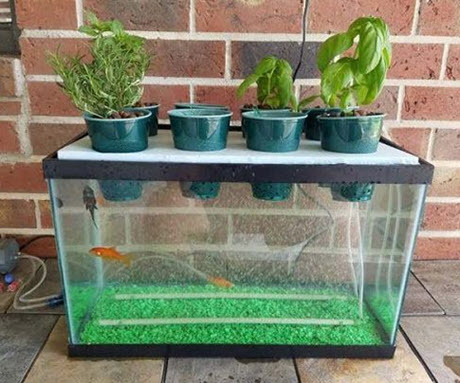Click below to listen to my 2 min. Garden Bite radio show: Small scale hydroponics
Audio PlayerThe University of Minnesota has a great guide to growing greens indoors. Small scale hydroponics. Click on that link for complete information on hydroponics through the UofMN Ext. Hydroponics is a method of growing plants without soil. The plants use less water than soil-based systems.
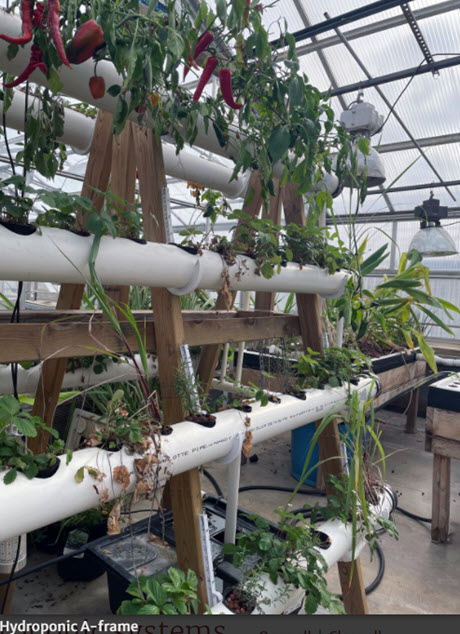
To grow them, you need the plants, of course, a container, water, a way to anchor the plants, nutrients and a light source. It’s even possible to grow vegetables hydroponically both outdoors and indoors.
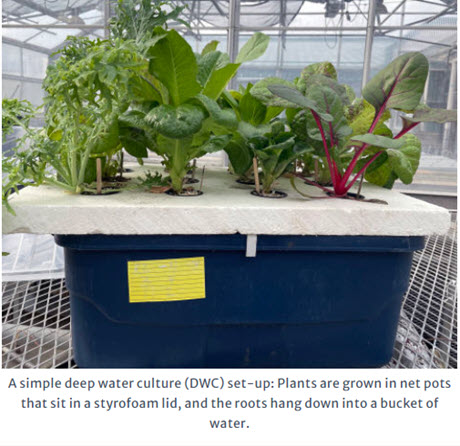
If indoors, artificial lighting will help them grow faster. It’s a great option for people with little or no gardening space, or who want to grow herbs and vegetables through the winter.
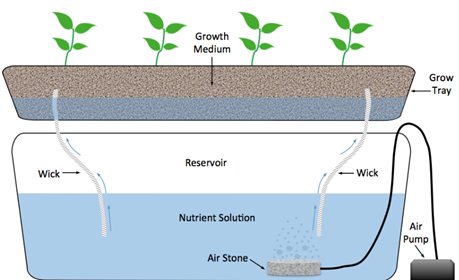
Although almost anything can be grown hydroponically, short-season crops or crops that don’t produce fruit such as herbs and leafy greens are great choices for indoor production in the winter. In the summer, strawberries, tomatoes, cucumbers and peppers are all great choices.
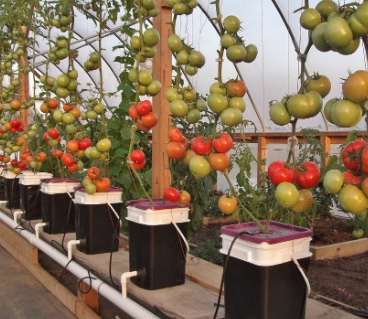
The most common type of hydroponic systems are those where plants are suspended above a tank of water and the roots hang into the container taking up water and nutrients. You can purchase pre-made systems or make your own.
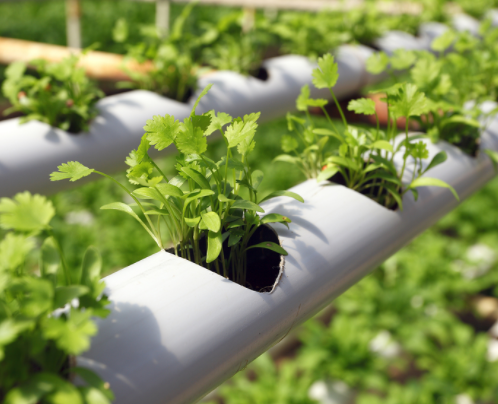
A key component of any hydroponic system is the support structure for your plants. Net pots work great, they are pots with slits or holes in them. You do not put soil in them. Perlite or pumice are just a couple of options. These net pots come in a variety of sizes.
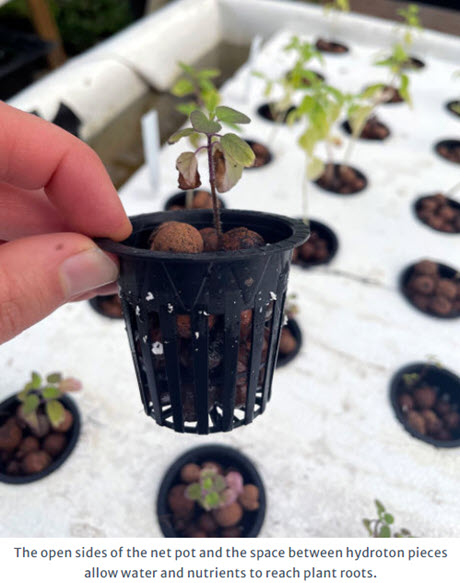
What about nutrients? You’ll need to supply nitrogen, phosphorus, and potassium, as well as other nutrients. There are many pre-made fertilizers available that have been specially designed for hydroponics. Click HERE for a how-to on hydroponic fertilizing.
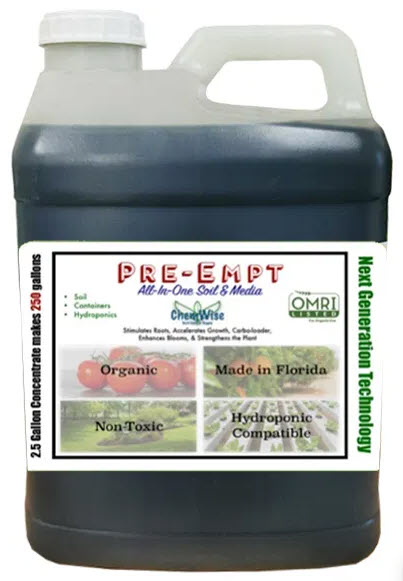
This is a great project for these winter months. The kids can easily get involved too.
